Who Are the Druze?
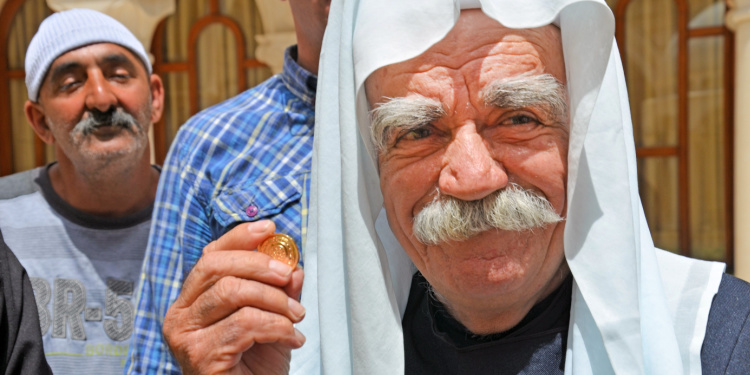
The Druze religion and community are often perceived as secretive or as a bit of a mystery to those on the outside. The religion began over 1,000 years ago, branching off from Islam. The Druze, also known as the “Muwahideen” or “declarers of oneness,” are a close-knit community who are extremely loyal to their identity and faith. Their religion is made up of philosophy, spiritual purity, and a strong connection with God.
Druze Religion
The Druze religion has its roots in Islam, but although some members consider themselves “Muslim,” they have been recognized as a separate religion. Their faith is monotheistic, ethnoreligious, and an Abrahamic religion. Druze are unitarian, but they recognize many prophets, including Jesus, John the Baptist, Mohammed, Khidr, and Moses. However, their most respected biblical prophet is Jethro, Moses’ father-in-law.
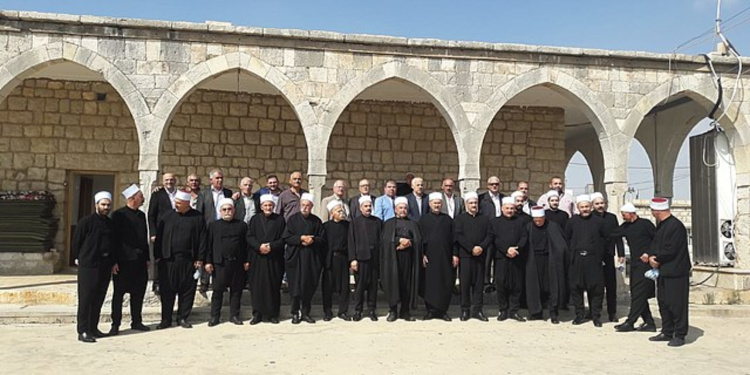
Photo credit: Mar Sharb | Wikimedia Commons
Druze Beliefs
The public seems to know very little about the Druze faith due to it being a small and sheltered religion with most beliefs being kept as secrets. This leads to the question: What do Druze believe? The Druze faith combines features of Isma’ilism, Christianity, Gnosticism, Hinduism, Buddhism, and other philosophies and beliefs. Their theology is based on an esoteric interpretation of sacred texts that focuses on the role of the mind and truthfulness.
Druze believe God is transcendent and immanent — that he is above everything, but also a part of everything — and that He is “the whole of existence.” They accept “The Seven Precepts,” which they believe are the essential components of the Pillars of Islam. The precepts, which form the core of Druze faith, include truthfulness in speech, belief in one God, protection of others, and the belief that every hour of every day is a time to reckon oneself before God.
Practices and Rituals
Despite a few holy sites which have become official gathering places for the Druze, they generally reject the concepts of ceremonies and rituals. There is no official liturgy or prayer book, no holy days or fast days, and no pilgrimages. Druze typically meet on Thursday nights to discuss community matters, pray, study, and meditate. They believe that rituals and practices may actually turn believers away from the “true faith.”
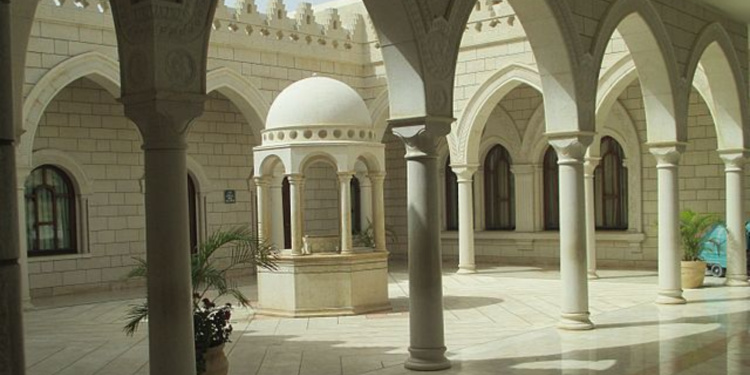
Photo credit: Dr. Avishai Teicher | Wikimedia Commons
Druze also celebrate during the festival of Ziyarat al-Nabi Shu’ayb. Celebrated between April 15-18, Ziyarat al-Nabi Shu’ayb is recognized as a public holiday in Israel. The festival is connected to their Prophet Shu’ayb, or Jethro, Moses’ father-in-law. During the holiday, the Druze make a pilgrimage to the shrine of Jethro’s burial site, located near the Israeli city of Tiberias.
Why Druze Don’t Accept Converts
The Druze religion is seclusive, meaning they do not accept converts. In fact, the Druze faith has been closed to outsiders since 1044, which means all of today’s population descended directly from its 11th-century followers and adherents. They believe that anyone who wanted to join had a chance to do so in the first generation after the religion began, and that everyone who is alive today is reincarnated from a previous generation. Therefore, they concluded that people today already had their chance to join centuries ago, and proselytizing is not allowed under Druze law.
The Two Groups of Druze
The Druze are divided into two groups: al-Juhhal (“the ignorant”) and al-Uqqal (“the knowledgeable”). Al-Juhhal represents the majority of their members, approximately 80% of the community, and is the “unlearned” group. They do not have access to the holy writings of the faith, do not attend the religious meetings, and in general are not expected to follow the ascetic tenets followed by the al-Uqqal.
The al-Uqqal, in contrast, are the learned minority. Men and women (both included in the al-Uqqal) adopt a more stringent dress code, and the spiritual leaders of the community arise from the most influential 5% of this group. The Druze forbid polygamy and marriage outside of their religion. Equality between men and women, in marriage and in religious life, is an important part of their tradition. Women are encouraged to participate in daily prayer, can take part in religious ceremonies, and are able to initiate divorce.
History and Origin
During the 10th and 11th century reign of the Fatimid Caliphate in Egypt, the Druze religion formed, combining tenets of Islam with the philosophy of the Greeks and Hindus.
The first Druze settled in modern-day Lebanon and northern Israel centuries ago, and the largest Druze community in the Galilee — called Daliyah el-Carmel — is situated in the Carmel Mountains. Throughout history, the Druze have survived many wars, dynasties, uprisings, and religious persecution.
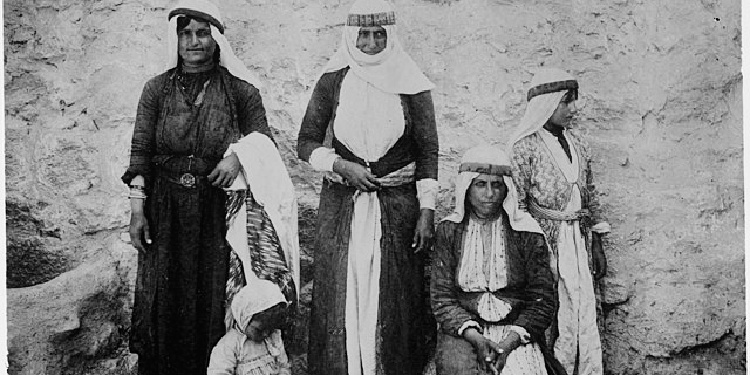
Photo credit: Matson Collection | Wikimedia Commons
During the British Mandate, the Druze purposely kept out of the Arab-Israeli conflict, but when Israel’s War of Independence broke out in 1948, the Druze fought on the Israeli side. A small minority of Druze in the Golan Heights protested when Israel regained the land from Syria following the 1967 Six-Day War in 1967, not accepting full Israeli citizenship and remaining Syrian citizens. Today, Druze in Lebanon, Syria, Israel, and Jordan are recognized as a separate religious community with its own religious court system.
Notable People in Druze Religion
The religion is heavily monotheistic and has ties to the world’s three main religions — Judaism, Christianity, and Islam. Their prophets include Moses, John the Baptist, Jesus, and Mohammed. Their most revered religious figure is Jethro, the father-in-law of Moses. A tomb built over Jethro’s burial site, at the Horns of Hittin near the Sea of Galilee, is a gathering place for members of the Druze faith. Each April, Druze meet there to discuss matters pertaining to their community.
Druze Culture
Druze have a unique culture that they have embraced for hundreds of years. They mostly isolate themselves from non-Druze people and hold tight to their customs in order to preserve them for future generations. Traditionally, most men worked as farmers in their villages, but over time theyhave branched out into working for businesses and other workplaces. As mentioned above, Druze women are viewed as equals, participating in religious services and learning the secret teachings of their doctrine. The women also have the right to own and sell property, and the majority are educated and literate. As a whole, Druze people are considered to be hardworking, trustworthy, and peaceful.
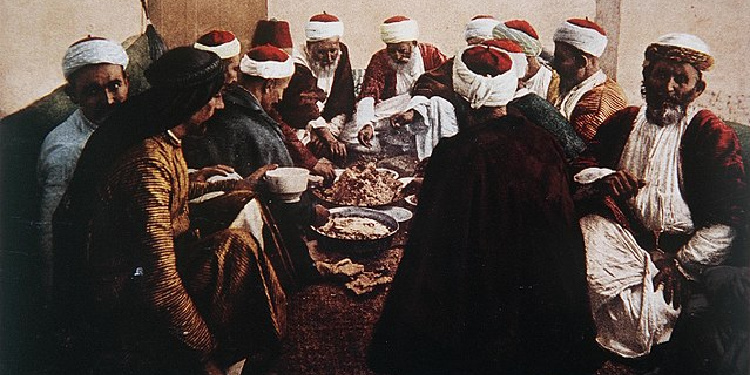
Photo credit: Felix Bonfils/Wikimedia Commons
When it comes to clothing, Druze wear specific clothing that is unique to their community. Men typically wear turbans on their heads, along with baggy pants, a waistcoat, and a large cloak. Women wear a headdress or white veil and a black jumper and skirt.
The Language
Druze speak Arabic and have a social structure similar to that of other Levantine people (those from the eastern Mediterranean). The North Levantine Arabic is a blend of the Syrian and Palestinian dialects. The Druze Arabic dialect, especially in Druze villages, is often different than other regional Arabic dialects.
The Cuisine
Druze cuisine is seasonal and includes many popular Mediterranean staples such as labneh (Middle Eastern cheese), pita, and olives. Most food comes from the family garden and from nearby village farms. Depending on the time of year, Druze commonly eat stuffed grape leaves, yogurt dishes, rice dishes, tea, a ton of vegetables, and meat-filled pastries. As far as dietary restrictions, Druze do not drink alcohol, eat pork, or smoke tobacco.
The Flag
The Druze flag consists of five colors: green, red, yellow, blue, and white. The flag is sometimes also depicted in the shape of a five-pointed star made up of those same colors. Each color has different meanings associated with them.
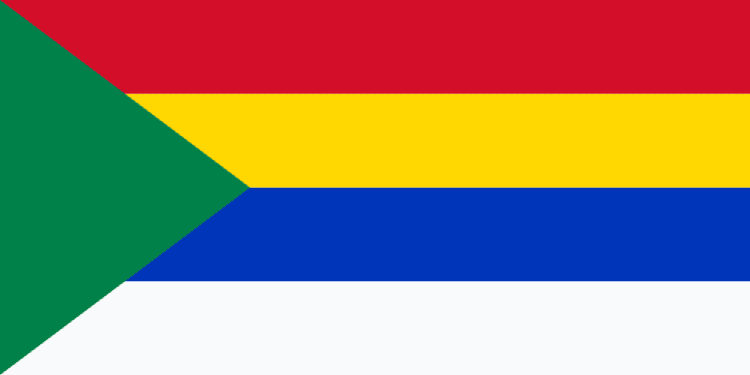
Photo credit: Verdy | Wikimedia Commons
Green represents the mind, the sun, and masculinity. Red represents the soul, the moon, and femininity. The yellow color represents the word and the form of God’s truth. The blue represents the will and mental power. And lastly, the white represents the fulfillment of the word. The Druze flag is often seen next to the Israeli flag, and there have even been renditions of the flag that includes the Jewish Star of David to show unity between Israel and the Druze community.
Population and Demographics
In total, there are just over 1 million Druze in the world. The Druze population primarily lives in Israel, Lebanon, Jordan, Syria, and the United States. They do not seek their own state, but are loyal to the countries where they live, mostly in northern Israel, southern Lebanon, and southern Syria. They reside in villages usually located on the tops of mountains and hills and have their own farmland to provide for their communities.
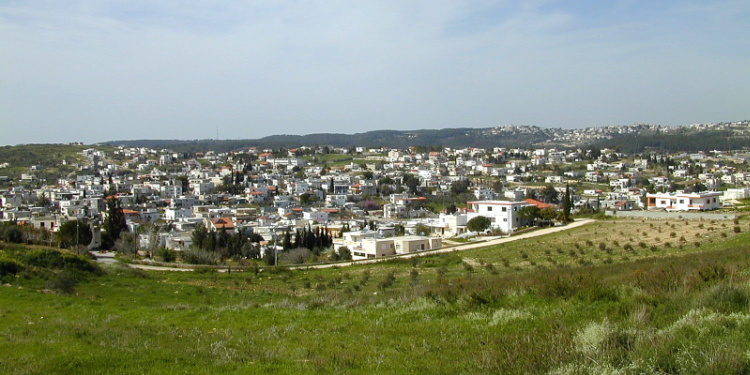
Photo credit: Bibleplaces.com
Druze in Israel
The Druze population is close to 149,000 in Israel, where they primarily live in Galilee and the Golan Heights and are classified as a separate religious group, with their own courts and their own jurisdiction in matters such as marriage, divorce, and adoption.
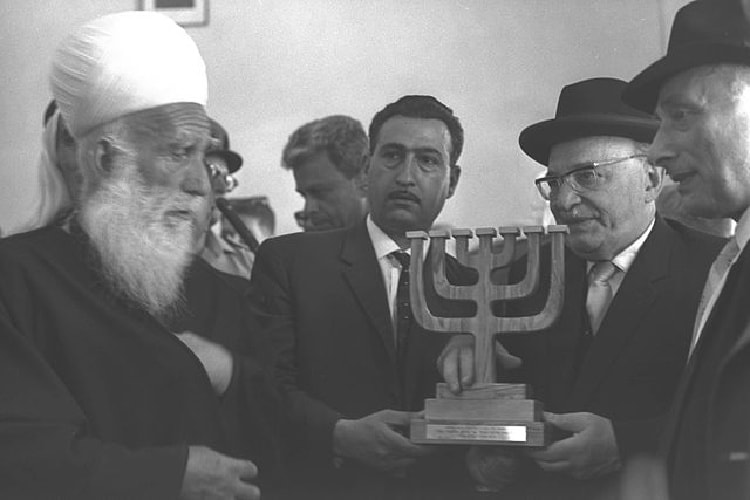
Photo credit: Fritz Cohen | Wikimedia Commons
The rest of the Druze, however, are full members of Israeli society. They have often found employment in the fields of social work, security services, and prison personnel. And recently, a new program has been started to help them gain entry into Israel’s lucrative high-tech sector.
They have also become prominent members of the IDF (Israel Defense Forces) and of the Knesset, where they hold a disproportionate number of seats relative to the size of their community. Israel requires the males of the Druze community to serve in the IDF. The majority of their community supports the military conscription and expresses unconditional loyalty to their land and respective states.
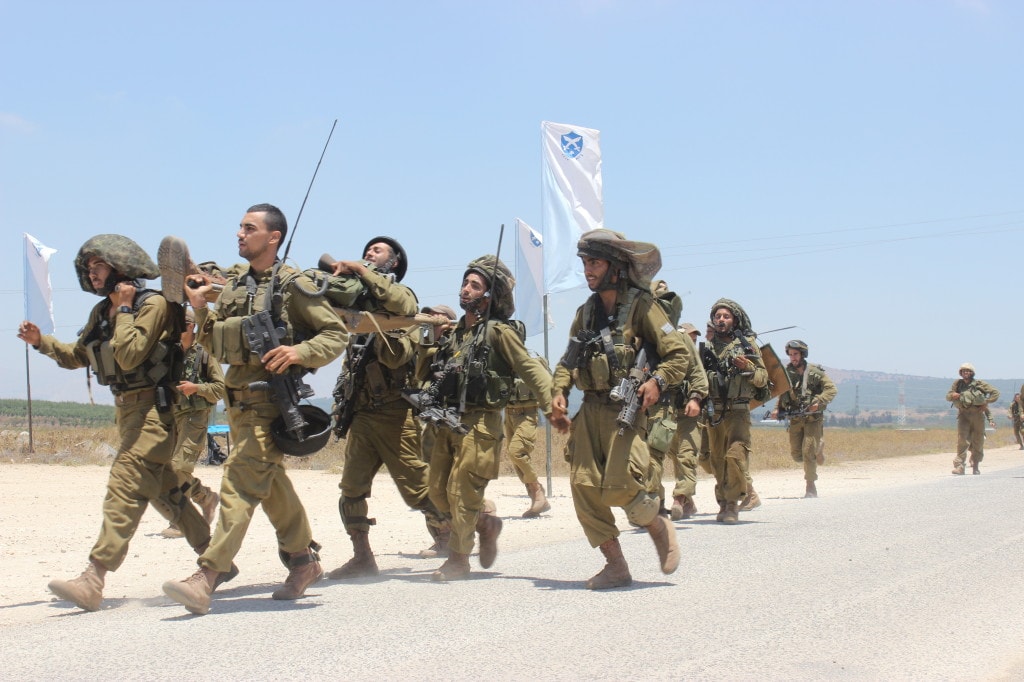
Photo credit: IDF Blog
For over 40 years, the IDF had a primarily Druze infantry unit called the “Herev” or sword battalion. In addition to holding prominent military and political positions, they are also active in the realms of sports, media, the arts, and literature.
Want to Learn More About Israel?
Check out our Learn Center for podcasts, resource articles, recipes, and daily devotionals to learn more about Israel, the Jewish people, and Jewish-Christian relations.
